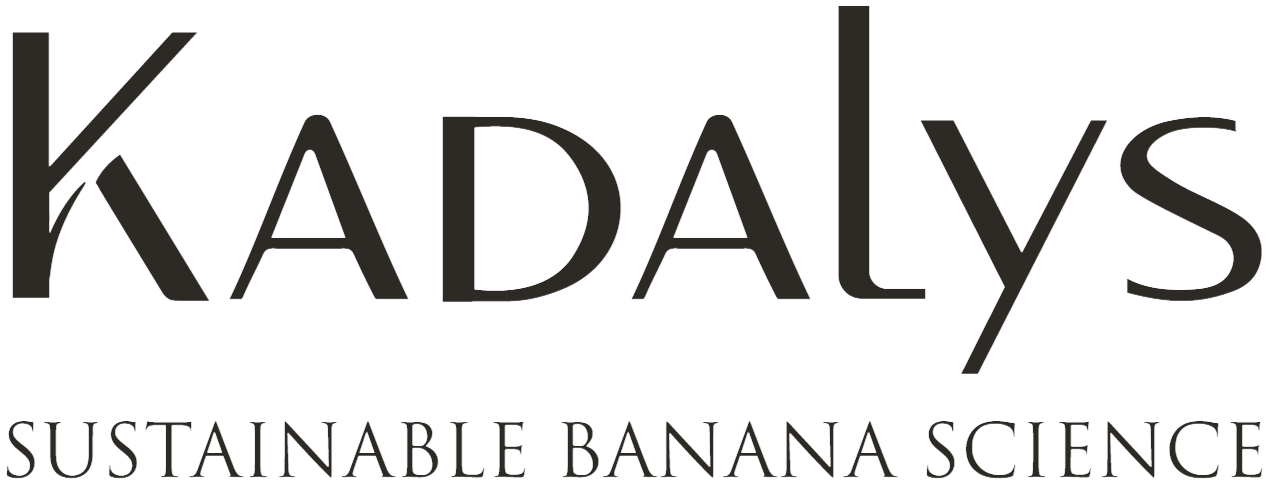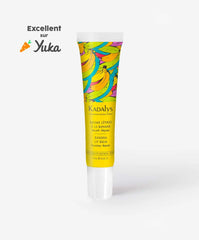
What are the benefits of vegetable waxes?
Have you ever heard of vegetable waxess ? No ? That's a shame! Less known than animal or mineral waxes, vegetable waxes are fatty substances used in the manufacture of certain cosmetics, but also in candles.
In cosmetics, we love them for their multiple benefits, of which we will speak later, and in the confection of candle, they are adulated for their slow combustion and their safety for health. In short, they have it all!
So, what are the benefits of vegetable waxes ? Why choose a vegetable wax over an animal or mineral wax? What are the most commonly used vegetable waxes? And in which cosmetics are vegetable waxes found? In this new article of our journal Kadalys, we lift the veil on these nuggets of natural cosmetics!
SUMMARY
- Why a vegetable wax rather than a mineral or animal wax?
- What are the benefits of the different vegetable waxes?
- In which everyday cosmetic products can we find these waxes?
Why a vegetable wax rather than a mineral or animal wax?
You may not have known it, but waxes, regardless of their origin, are widely used in cosmetics. They are found in lip balms and eye pencils. They are also one of the main ingredients in homemade cosmetics!
In the cosmetic industry, we can find three types of waxes:
- vegetable waxes, such as candelilla wax
- animal wax, such as beeswax
- mineral waxes, such as kerosene
But beware, although these three types of waxes play the same role in cosmetics, they are also very different by their origin and their process of obtaining. Indeed, the animal wax is obtained thanks to the wax bees. To recover the wax, it is enough to melt the cells abandoned by the bees at the end of the season! Although no harm is done to the bees or the hives, animal wax is not suitable for everyone since it is not vegan.
Mineral wax is a petrochemical product. To obtain it, oil (a non-renewable energy) must be extracted and then processed. Finally, vegetable wax can be obtained from different plants (palm, jojoba, rice, soy, jasmine, mimosa, etc.). This time, the transformation processes are more respectful of the environment and the animals.
Another major difference between the different waxes in the cosmetics industry is their effect on the skin! Mineral waxes tend to clog pores and moisturize the skin superficially, whereas vegetable and animal waxes moisturize and protect the skin deeply.
As you can see, vegetable wax is the wax that brings everyone together: good for the skin, it is 100% natural, biodegradable and very little polluting. A faultless performance that makes it found in a good number of natural cosmetics !
What are the benefits of the different vegetable waxes?
Plant-based waxes are great for skin care ! What we love about them is that there is something for every taste and need. Here are the ones we like best at Kadalys:
- Carnauba wax, obtained from a Brazilian palm tree, is perfect for the hydration of the skin, but also for its protection. Indeed, it has a film-forming power which allows it to leave a protective film on the surface of the epidermis! In addition to that, it is rich in antioxidants and has an antibacterial, softening and smoothing action.
- Jojoba wax is a wax obtained from jojoba, a small shrub. This wax is very interesting for the hydrolipidic film of the skin because it protects if from dehydration. In addition to that, it has healing, nourishing and emollient properties!
- Mimosa wax is obtained from the yellow flowers of the mimosa. Naturally rich in phytosterols, This wax prevents dehydration of the skin while offering soothing and soothing virtues !
- Rice wax is obtained from the husk of the rice grain. It is often used in creams, balms and body milks as a texturizer. On the skin, it has a smoothing and protective effect.
- Candelilla wax is obtained from the leaves of the candelilla tree, a shrub native to Mexico. Like all vegetable waxes, it has a film-forming (protective) power, but it is also nourishing and hydrating.
- Jasmine wax is obtained from jasmine flowers. Widely used for its sweet floral fragrance, it also has interesting virtues for the skin. Moisturizing, emollient and protective, it is often used in body balms, but also in solid perfumes!
Like vegetable oils, vegetable waxes are of better quality when they are of organic origin. By the way, to learn more about vegetable oils, feel free to read our article
In which everyday cosmetic products can we find these waxes?
In cosmetics, vegetable waxes are used for their numerous benefits for the skin, but they are also used as emulsion stabilizer or solidifier. They can be found in lipsticks, lip balms, deodorants, compact foundations and face creams. At Kadalys, we use them in some natural care products, notably in our Lip Balm !
Indeed, this natural care which helps nourish, protect, repair and strengthen lips contains jojoba wax and mimosa wax! In its formula, you will also find our Yellow Banana Bio-Active, rich in fatty acids and castor oil. Ideal for dry, chapped and damaged lips, our lip balm can also treat other dry parts of the body! It is thus suitable for dry skin, but also for combination to oily skin. Its small size fits everywhere to follow you in all your movements. Perfect, isn't it?
To you the beautiful skin with the vegetable waxes and our Banana Lip Balm Kadalys!






